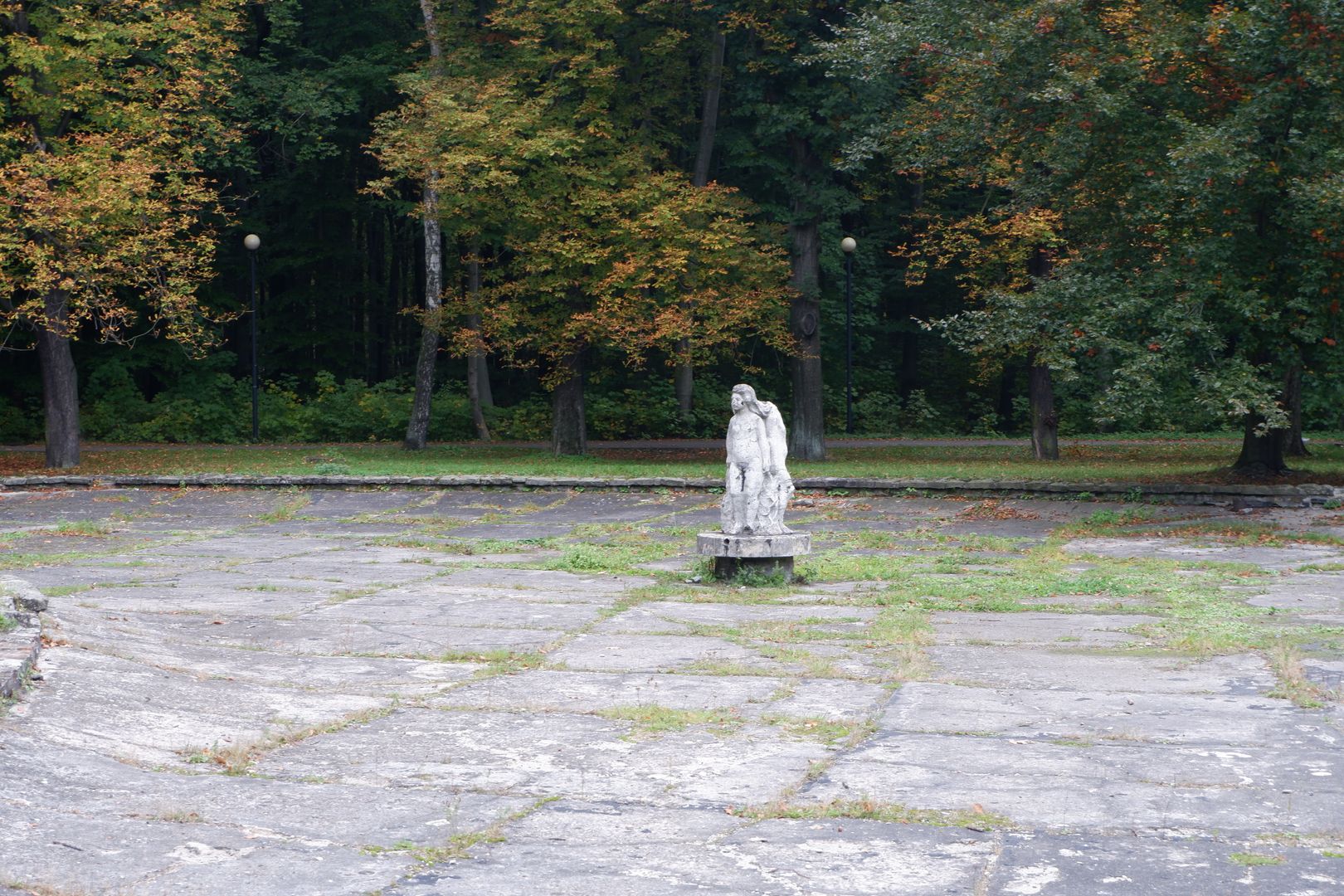Gliwice Culture and Recreation Park
6.23

Overview
The Park of Culture and Recreation in Gliwice, also known as the Municipal Forest, is a natural area located in the Zatorze district. Established in the 17th century, it forms part of the forested Protective Belt of the Upper Silesian Industrial Region. The park, rich in flora and fauna—particularly valuable for its birdlife—is proposed to be designated as a protected landscape area. Its origins date back to the 17th century, and its history is intertwined with the urban development of Gliwice, including the "garden city" concept.
In the 19th century, the park gained popularity thanks to the Forest Castle, built in 1896 as an English-Chinese style café. After World War II, the park went through various developmental phases, including political changes that influenced its functions. Today, the park features diverse facilities such as a brine graduation tower, opened in 2020, and the remains of the Forest Castle, which was destroyed the same year.
The park offers numerous attractions, including hiking trails, cycling routes, and recreational areas, along with a 12-panel educational trail describing local wildlife. Within the park, visitors may encounter roe deer, hares, and wild boars, as well as 300 birdhouses that attract various species. It is also worth noting that the park encompasses areas with diverse habitats, including mixed deciduous and coniferous forests.
The park's history is marked by events such as the 10th German Youth Games in 1909 and the development of tourist infrastructure. The Park of Culture and Recreation is not only an important example of Gliwice's natural and cultural heritage but also a place for recreation and connection with nature for the city's residents.
Location
Tickets
Powered by GetYourGuide
2025 Wizytor | All Rights Reserved